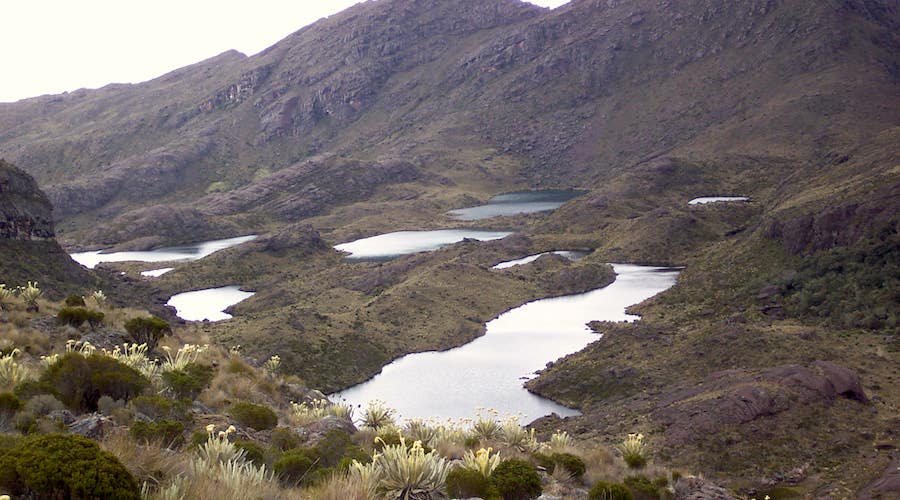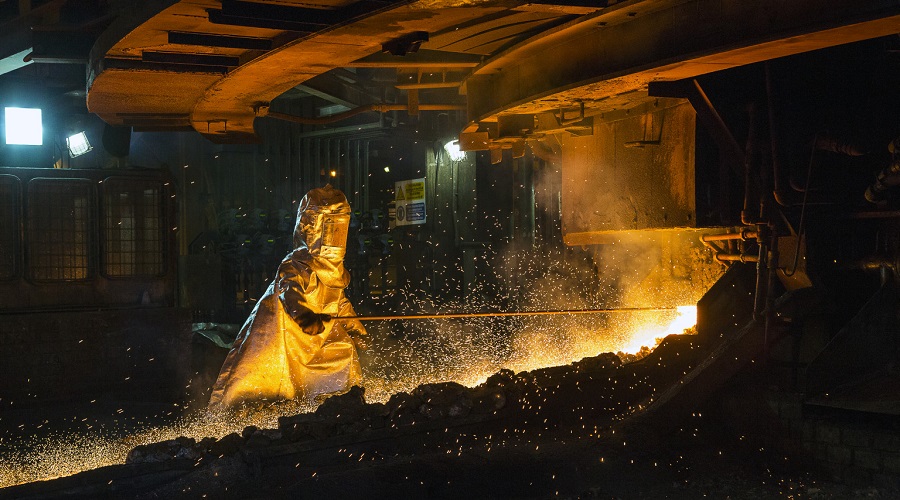Colombia to set up reserve zones amid miners’ concerns

Colombia is preparing to designate certain areas as temporary reserve zones, a move that has caused considerable unease within the mining community, as it effectively will restrict extraction and exploration in the specified regions.
The decree, published earlier this year, aims to protect and develop renewable natural resources, granting the Ministry of Environment and Sustainable Development (MADS) the authority to implement the measure.
Under this policy, mining and agricultural activities in the designated zones could be halted for a five-year period, with the possibility of renewal.
The measure is expected to prevent the granting of new mining titles in the affected zones, while studies are conducted to determine the long-term viability of these areas for mining activities, local law firm Brigard Urrutia says.
While the government emphasizes the importance of balancing environmental protection with economic activities, industry representatives are calling for clearer guidelines and assurances to minimize the impact on their operations.
They argue that the temporary reserves are being established without consulting local communities or conducting thorough technical studies. Additionally, they warn that the policy threatens the livelihoods of thousands of miners and agricultural workers.
Santander first
The first targeted area includes the Santurbán Massif, in the department of Santander, which is a region known for its rich biodiversity and vital water resources.
Opponents in Santander claim the proposed Temporary Reserve Area would cover more than 78,000 hectares, a size larger than capital Bogota.
“This would wipe six municipalities off the map, making their productive activities illegal with the stroke of a pen from the minister’s office,” a community representative told ColombiaOne in October.
Colombia, a key producer and exporter of thermal coal and gold, is also seeking to expand exploration of critical metals like copper. The nation’s mining sector plays a crucial role in generating foreign currency, taxes, and royalties.
The South American nation’s mining sector is an important generator of foreign currency, taxes and royalties.
In 2023, the sector contributed 17 billion pesos ($3.99 billion) in taxes and royalties, according to data from the Colombian Mining Association.
{{ commodity.name }}
{{ post.title }}
{{ post.date }}

Comments